
Arts & Culture
Bringing back languages from scraps of paper
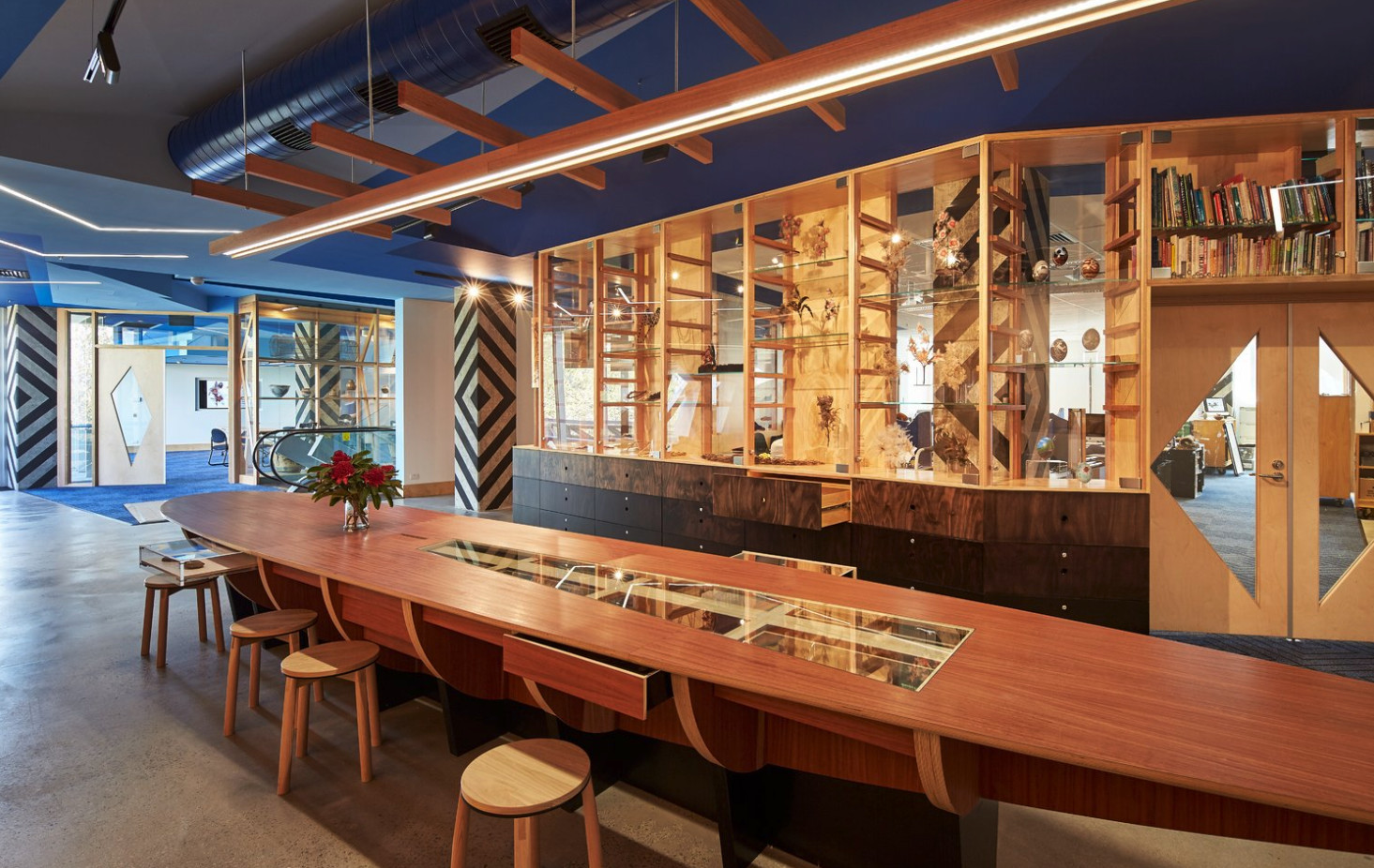
The Indigenous design perspective has been ignored, replaced or forgotten for too long, says architect Jefa Greenaway - but things are changing
Published 18 July 2018
In Australia, and many other countries with colonial pasts, mainstream design - including architecture, town planning, as well as fashion, interior, product and landscape design - has largely eschewed both Indigenous design and designers.
But, with increasing recognition of Indigenous peoples’ ancient and enduring connection with the land, this is starting to change.
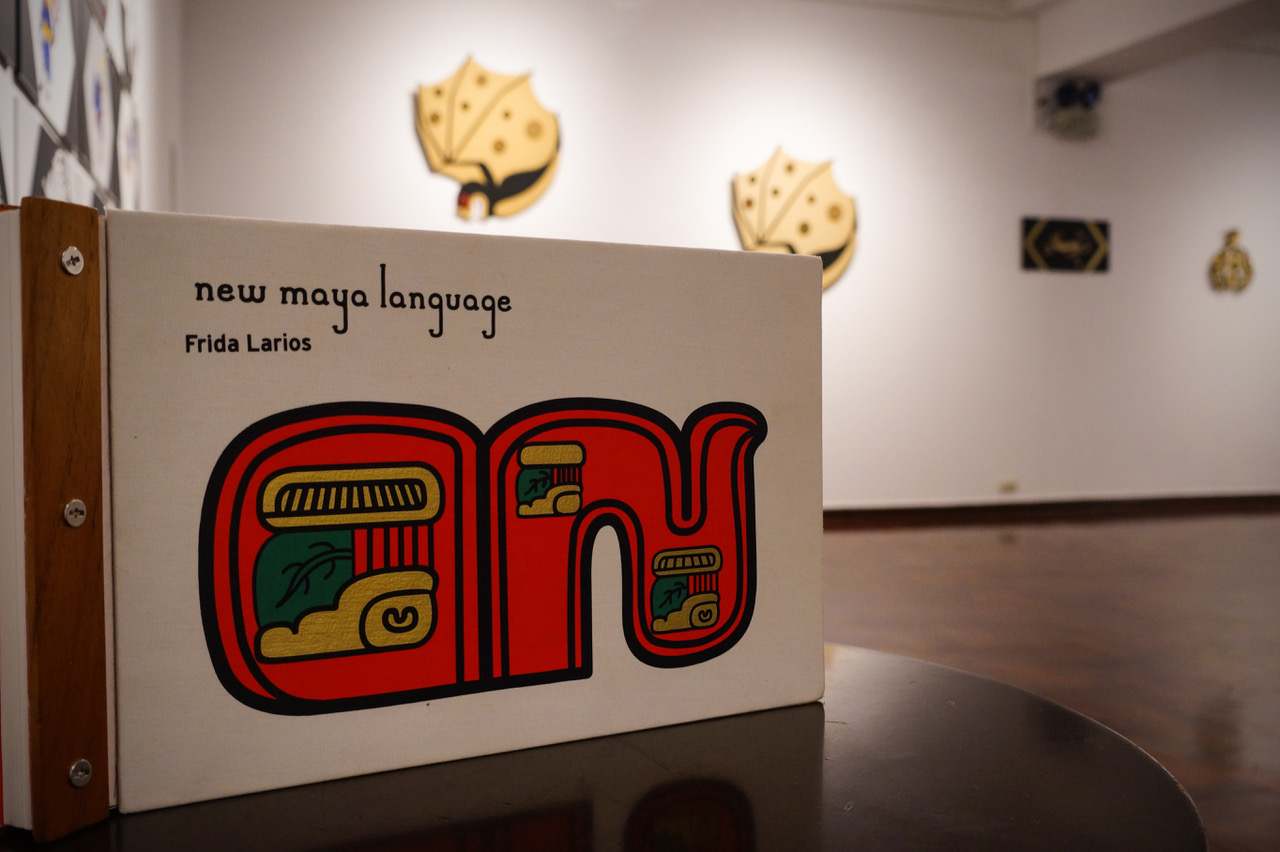
In a first for Australia, the Faculty of Architecture, Building and Planning at the University of Melbourne is running an Indigenous Design Symposium, called Go Back to Where You Came From: Indigenous Design – Past | Present | Future to showcase First Nations’ design practitioners. This coincides with the opening of an exhibition of contemporary Indigenous design, Blak Design Matters.
Jefa Greenaway, of the Wailwan and Kamilaroi people, is an architect and lecturer at the University of Melbourne. He is both the curator of the exhibition and convenor of the Indigenous Design Symposium.

Arts & Culture
Bringing back languages from scraps of paper
We asked him what the Indigenous design perspective is, and what we can do to increase its visibility.
Ideally, design in Australia would incorporate, consider or actively connect to the deep history of Indigenous occupation of this continent for millennia. Consequently, Indigenous voices and knowledge systems would shape our places, spaces and designed experience.
Here is where Indigenous design practitioners, thinkers and communities play an integral role in centring this thinking and authentically authorising opportunities where such considerations, sensibilities and perspectives can be normalised as part of our design culture.
In the first instance, there is some work that is needed - principally in building our cultural design competency as part of our learning journey in design, while broadening the frame of reference in which we consider Indigenous perspectives in design practice.
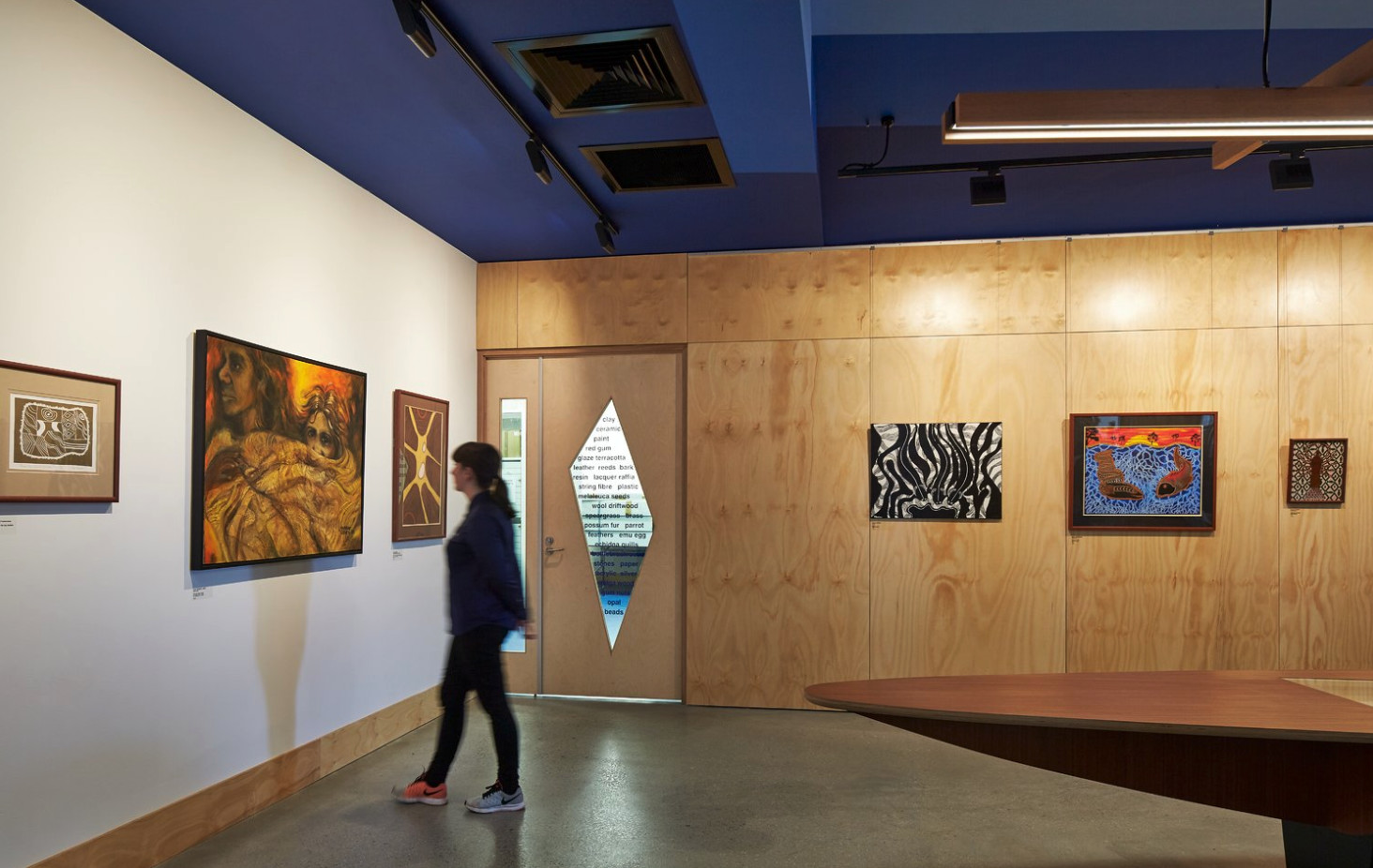
Where projects cannot be actively Indigenous led, in part due to the current limited numbers of Indigenous design practitioners, non-Indigenous have a contribution to make as all projects are located on Indigenous lands and invariably interface with Indigenous histories, stories and culture.
We have the capacity to talk to difficult histories and counterpoint some of the erroneous framings of history.

Arts & Culture
Connecting to Country through architecture
This can indeed be orchestrated and amplified through design, particularly where Indigenous peoples are positioned to take ownership of their stories and are given the opportunity to spatialise or provide design solutions that challenge some of the clichés or stereotypes and directly debunk long-held myths around Indigenous culture.
We are indeed seeing examples of this through the work of designers and artists within the public realm; for example, Brook Andrew and Trent Walter’s memorial to Tunnerminnerwait and Maulboyheener in Melbourne, which talks to the frontier wars and colonial interface with Indigenous people and the conflict and impact that this history reveals.
In short, there are too many to cite.
Indigenous people have always ‘designed’, but it has not often been described as such. This country, and others, have been manipulated, groomed and re-designed to suit human habitation. Communities, shelter and sophisticated aquaculture systems have all been designed.
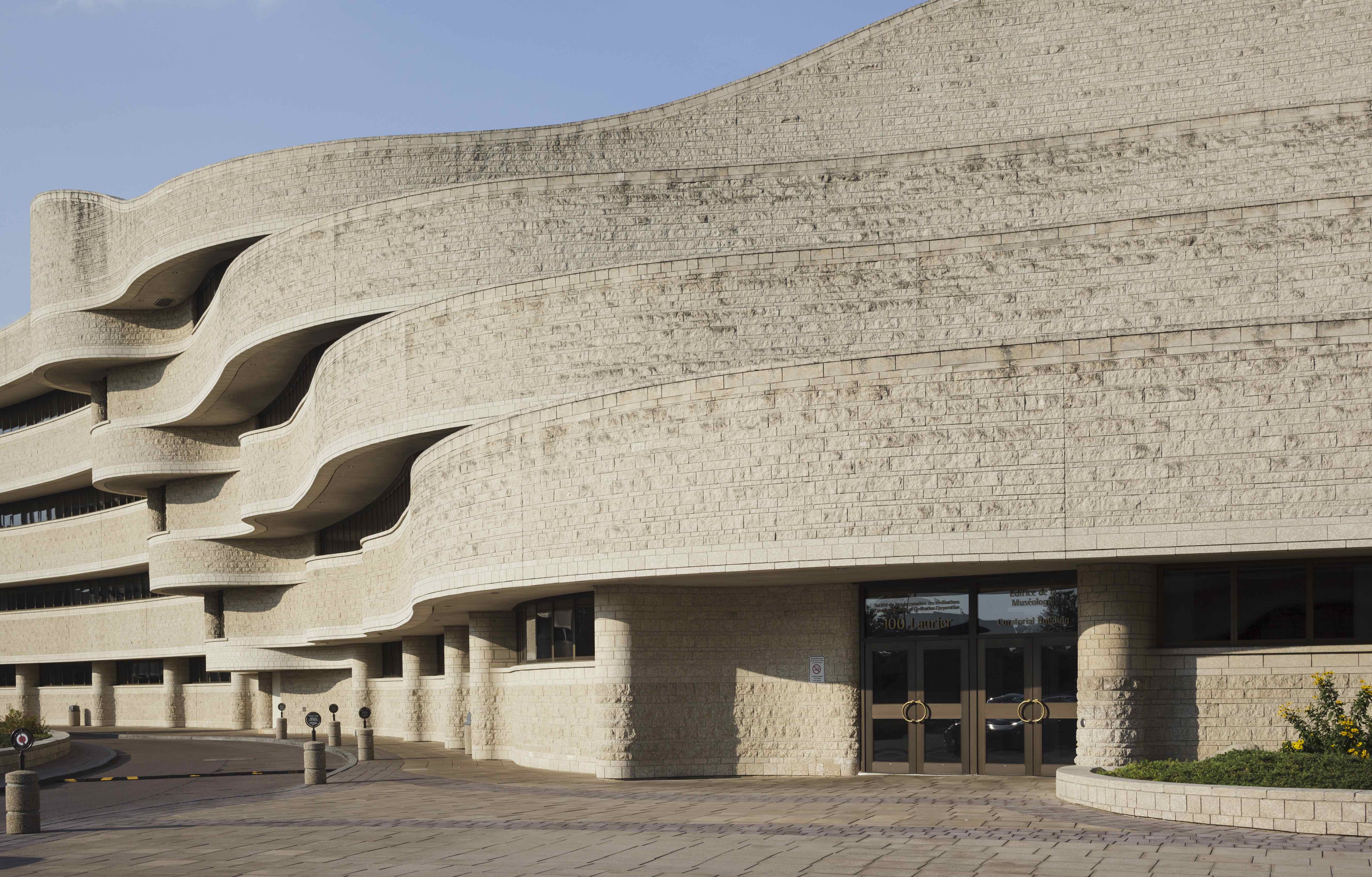
In recent times, we have seen Indigenous design practitioners, bringing First Nations perspectives across most design disciplines, active and engaged to bring new inspirations, narratives and expressions within the design realm.
In part, this Indigenous Design Symposium will showcase many of these design leaders, from across the globe and across our vast country to reveal their journeys, thinking and creative outputs.

Arts & Culture
Indigenous memory-making meets architecture
Simply put, we need to value Indigenous knowledge, which is infused with more than 67,000 years of evolution.
Indigenous designers offer a point of distinction which can move beyond a simple western lens of design and can assist in showcasing and celebrating a culture of deep antiquity and invention.
This is actually a part of us all and ideally will continue to be embraced as we build upon some of the optimistic trends around acknowledging that Indigenous culture is all around us.
The key is to start with design education.
In fact, the Melbourne School of Design is taking leadership on this front by actively reshaping the new Bachelor of Design by normalising connections to Indigenous culture through curriculum development.
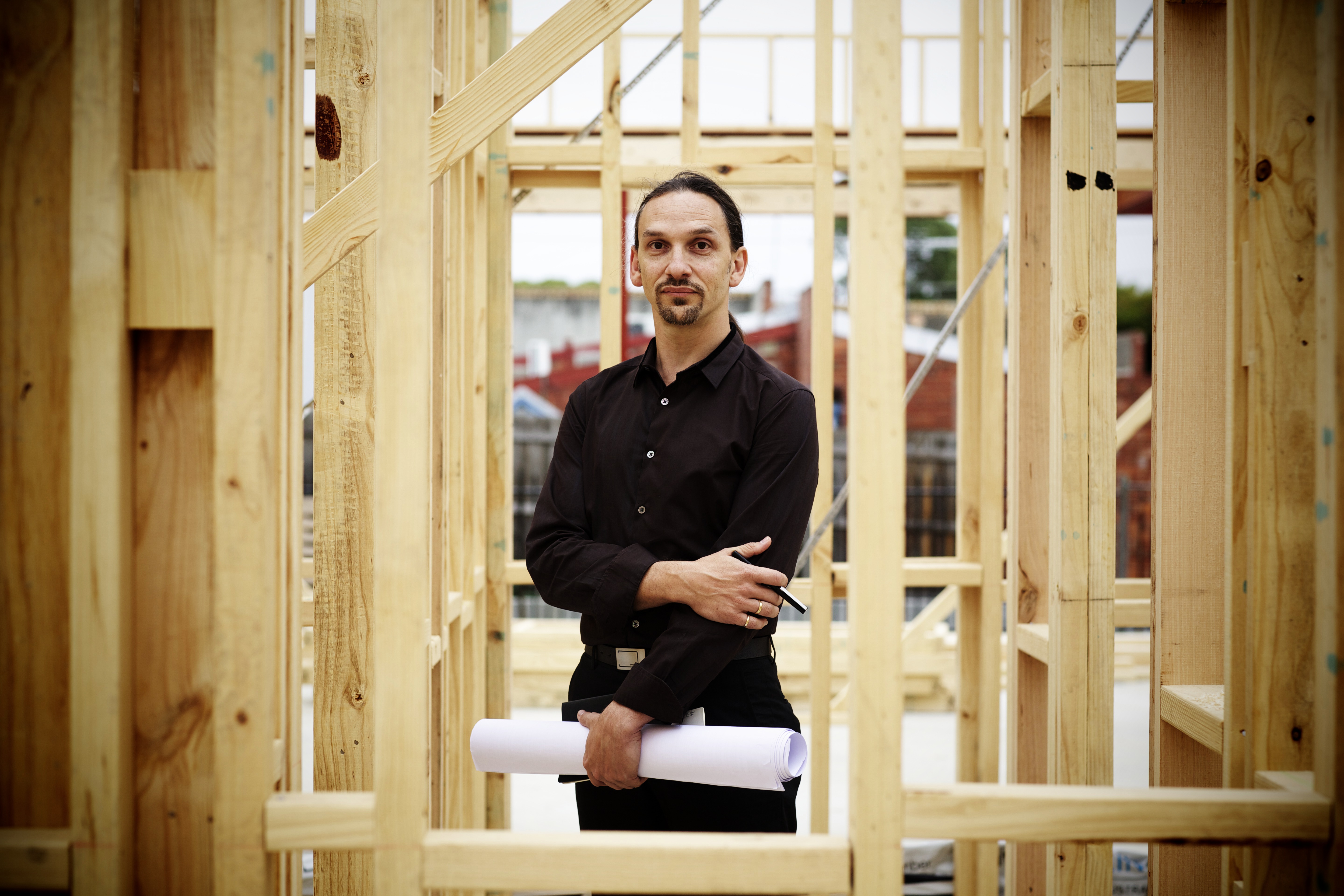
Through a series of initiatives, the curriculum will provide opportunities throughout a student’s educative journey to engage with notions of connection to Country, to history and memory through numerous opportunities across the curriculum.
This will, through distinct offers, further enrich their connection to Australia’s Indigenous history – past, present and future.

You will see a snapshot in time of some terrific, bold and contemporary Indigenous designers from across Australia.
The exhibition explores a range of design disciplines including architecture, landscape architecture, furniture and interior design as well as fabric, jewellery and communication design.
It’s a must-see for those interested to see an emerging cohort of designers who are shaping both our environment and design culture.
The Indigenous Design Symposium runs from 19-21 July in the Melbourne School of Design. ‘Blak Design Matters’ is at the Koori Heritage Trust until 30 September 2018.
Banner image: Koorie Heritage Trust